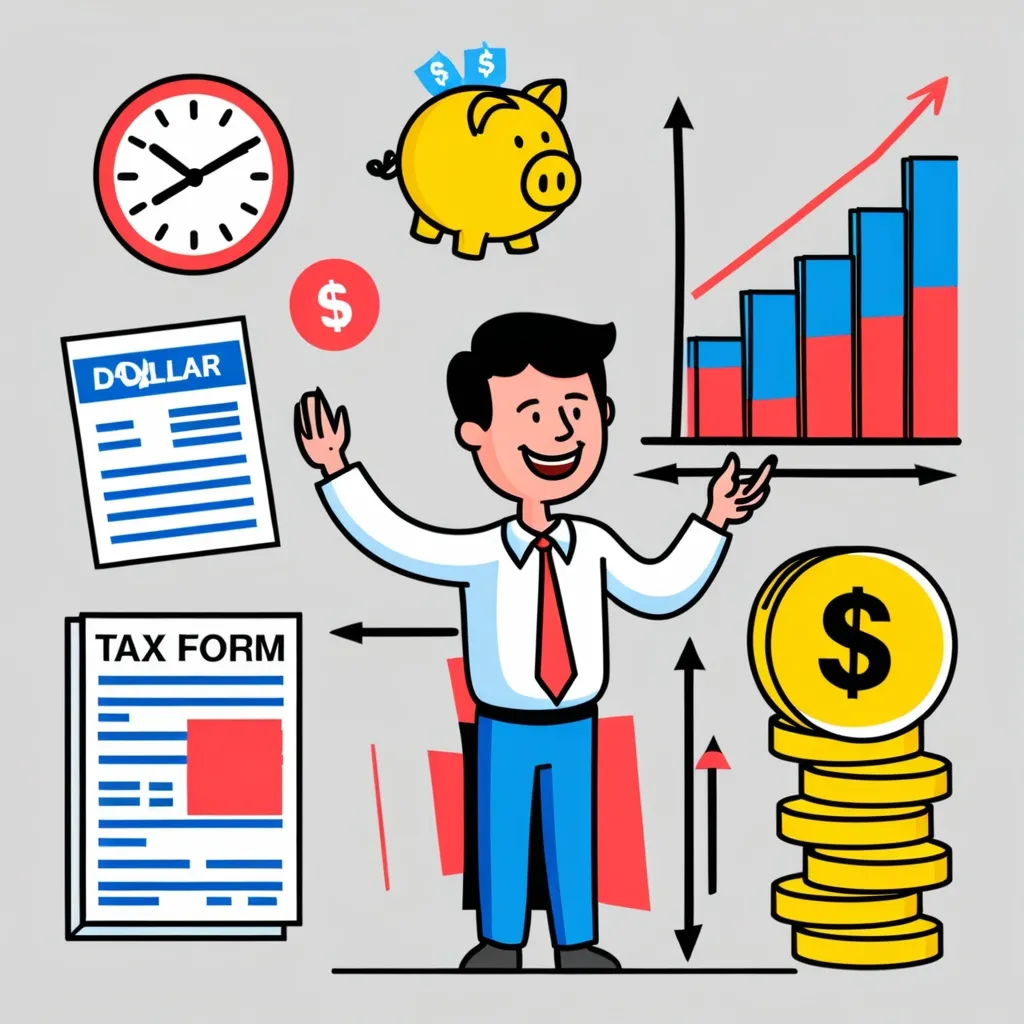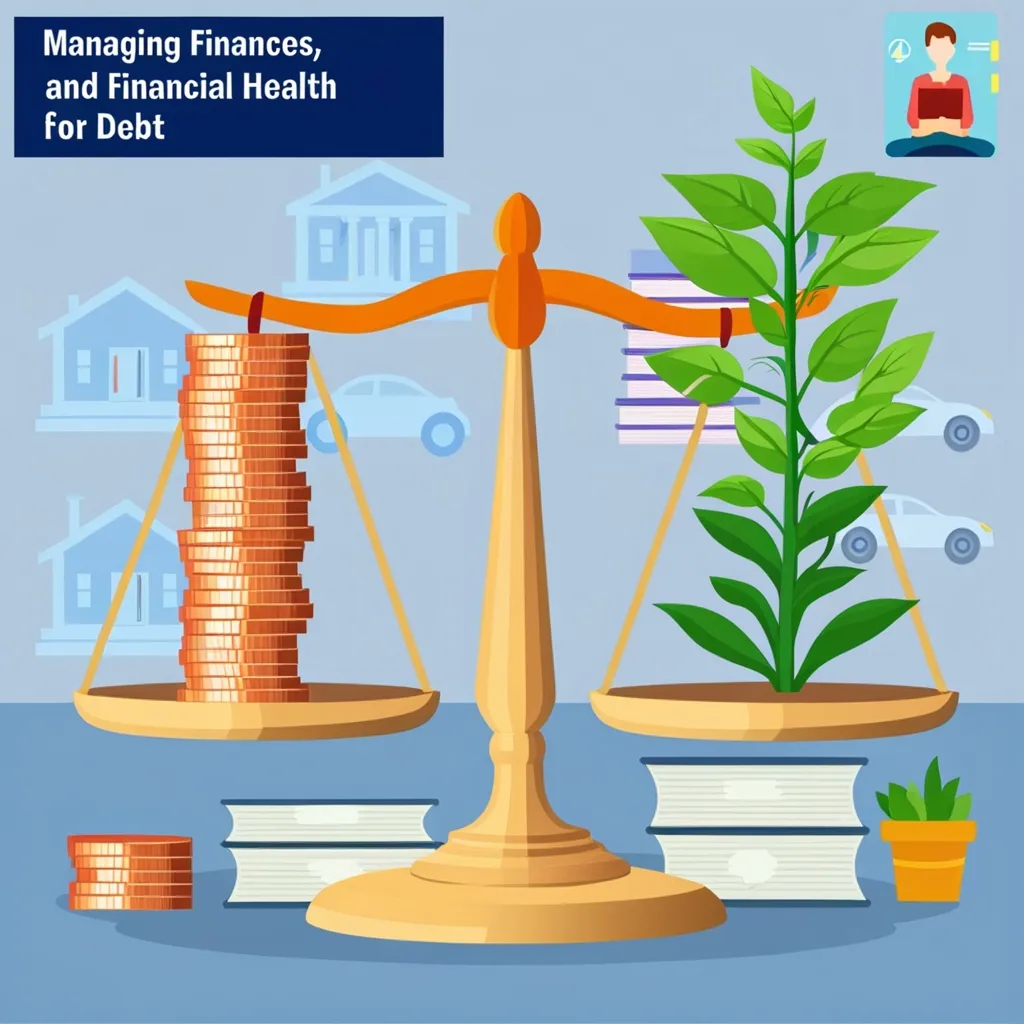Alright, folks, let’s dive into the world of capital gains tax, the pesky little detail that can take a chunk out of your investment gains if you’re not careful. Understanding this tax better can save you a ton of money and help make those returns sweeter. So, grab a cup of coffee, sit back, and let’s chat about what capital gains tax is all about and how you can play it to your advantage.
So, what exactly is capital gains tax? Think of it as the tax you owe when you sell an asset or investment at a higher price than what you paid for it. Whether it’s stocks, bonds, mutual funds, real estate, or even personal items like that vintage guitar you just sold, capital gains tax comes into play. The base concept here is the “cost basis,” which is what you initially paid for the asset plus any additional costs like fees and commissions. This is essentially your starting point when you sell an asset.
Now, calculating these gains isn’t rocket science. Imagine buying 100 shares of some stock at $20 each, making a $2,000 investment. If you sell those shares later at $50 each, your capital gain sits pretty at $3,000 ($5,000 sale price minus your $2,000 initial investment). It’s this difference that Uncle Sam is interested in.
But wait, there’s a twist! Not all capital gains are created equal. They come in two flavors - short-term and long-term. Short-term gains are like that rush of candy; they come if you sell your investment within a year. And just like candy, they aren’t that great for you; they’re taxed higher – up to 37% at your regular income tax rate. Ouch.
On the other hand, long-term gains are the delicious, well-aged cheese; you hold onto your investment for more than a year. These gains are taxed at much more favorable rates, ranging from 0% to 20%, depending on your income. For example, if you’re in the 15% long-term capital gains tax bracket, selling your stock with a $3,000 gain means a tax of $450, leaving you with a $2,550 profit after taxes. Definitely sweeter.
Wouldn’t it be nice if you could minimize the taxes nibbling at your gains? Absolutely! And there are ways to do just that. The simplest trick in the book is to hold onto your investments for over a year, so you enjoy the lower long-term capital gains rates. Easy peasy.
Another clever move is using tax-advantaged accounts like 401(k)s, IRAs, or Roth IRAs. These allow your investments to grow either tax-deferred or tax-free. Traditional IRAs and 401(k)s let your investments grow tax-free until you withdraw them, which is great if you think you’ll be in a lower tax bracket come retirement. Roth IRAs, on the other hand, use after-tax dollars for contributions, but you’re looking at tax-free growth and withdrawals. This means no capital gains tax on investments in a Roth IRA. Play smart!
A little trick called tax loss harvesting can also help. If some of your investments have dipped in value, consider selling them to generate capital losses. These losses can offset your gains, thus reducing your overall tax bill. It’s like using your losses to bid adieu to some of your tax liability.
Timing is everything, they say, and it holds true for investments and taxes too. Selling assets in a year when your income is lower can potentially put you in a lower tax bracket, thereby reducing the tax bite on your capital gains. So, keep an eye on your income levels when deciding to sell.
Tax-advantaged accounts? Yep, they deserve a shout-out. Traditional IRAs and 401(k)s are funded with pre-tax dollars, meaning your investments grow without Uncle Sam poking around until you decide to withdraw the money. This is golden if you anticipate being in a lower tax bracket during your retirement. On the flip side, Roth IRAs are funded with after-tax dollars, and your investments grow free of taxes. Moreover, qualified withdrawals are also tax-free, making Roth IRAs a tax haven.
Ever heard of 529 Plans? These are perfect for zapping some tax on investments used for education. Contributions to these plans grow tax-free, and if used for eligible education expenses, the earnings aren’t subjected to income or capital gains tax. A win-win if education expenses are in your future plans.
Let’s not forget about capital losses. Sometimes, losing is actually winning. If you sell an investment for less than its cost basis, that’s a capital loss. These losses can offset gains, reducing what you owe in taxes. Netting gains and losses is crucial; it’s like balancing your finances. If the net result is a loss, you can deduct up to $3,000 from your ordinary income per year, with excess losses carried over to future years. Basically, your losses can help cushion the tax impact over time.
Need a real-world example to see how this all plays out? Imagine you bought 100 shares of XYZ Corp. stock at $20 per share, totaling $2,000. More than a year later, you sold the shares for $50 each. Your $5,000 sale price minus the $2,000 you paid results in a $3,000 capital gain. Assuming a long-term capital gains tax rate of 15%, you owe $450 in tax ($3,000 x 0.15). That leaves you with a tidy profit of $2,550 after taxes. Not too shabby, right? Holding the stock for over a year saved you quite a bit on taxes compared to if you had sold it within a year.
Let’s wrap this up. Capital gains tax matters a whole lot in the investment world. Knowing the nuts and bolts of how capital gains are calculated, the differences between short-term and long-term gains, and ways to minimize tax liability can make a substantial difference. Of course, taxes shouldn’t be the sole driver of your investment strategy, but they should definitely be a key consideration. Being tax-savvy with your investments means more of your hard-earned money stays in your pocket. And who doesn’t love that?






